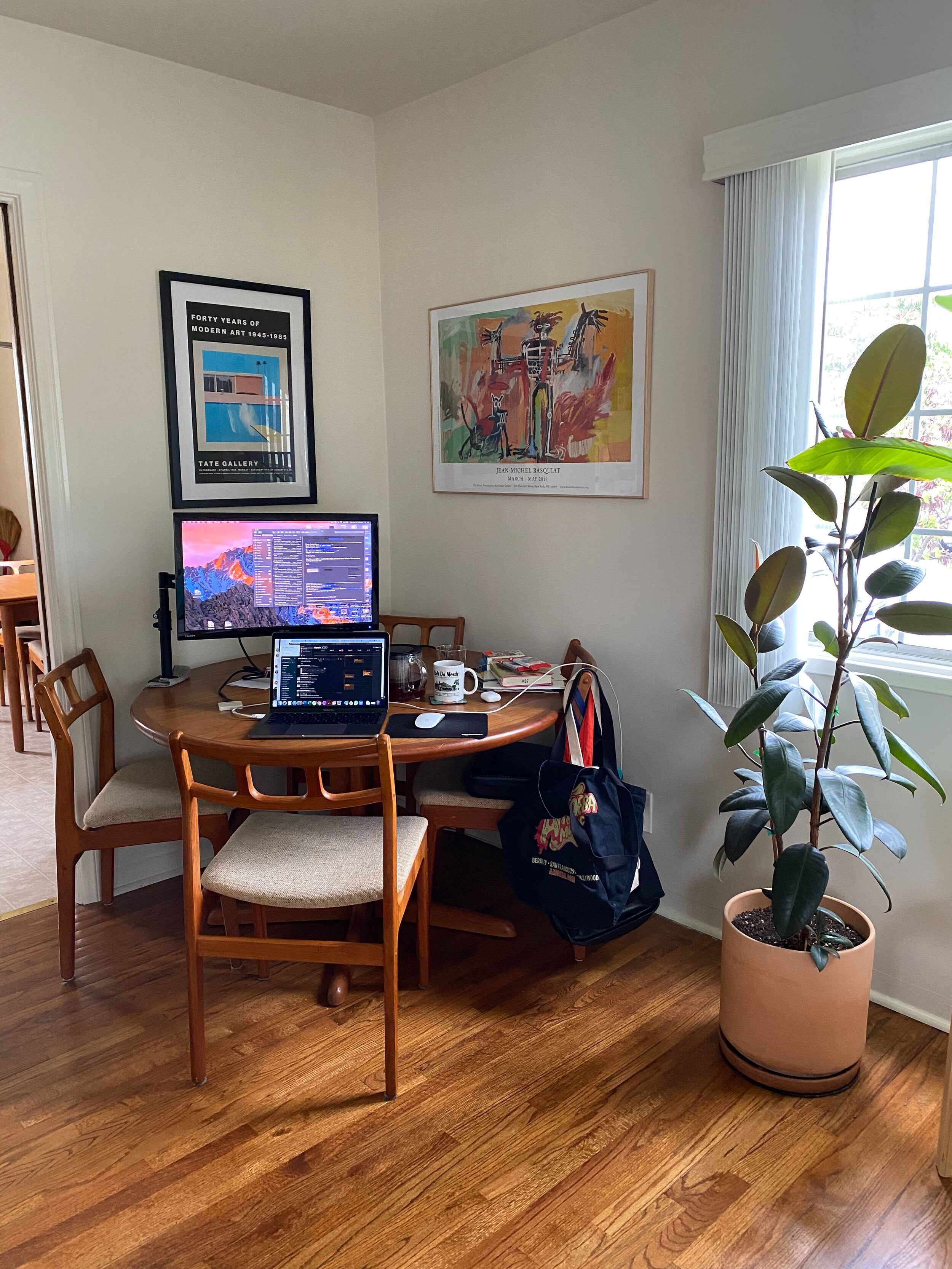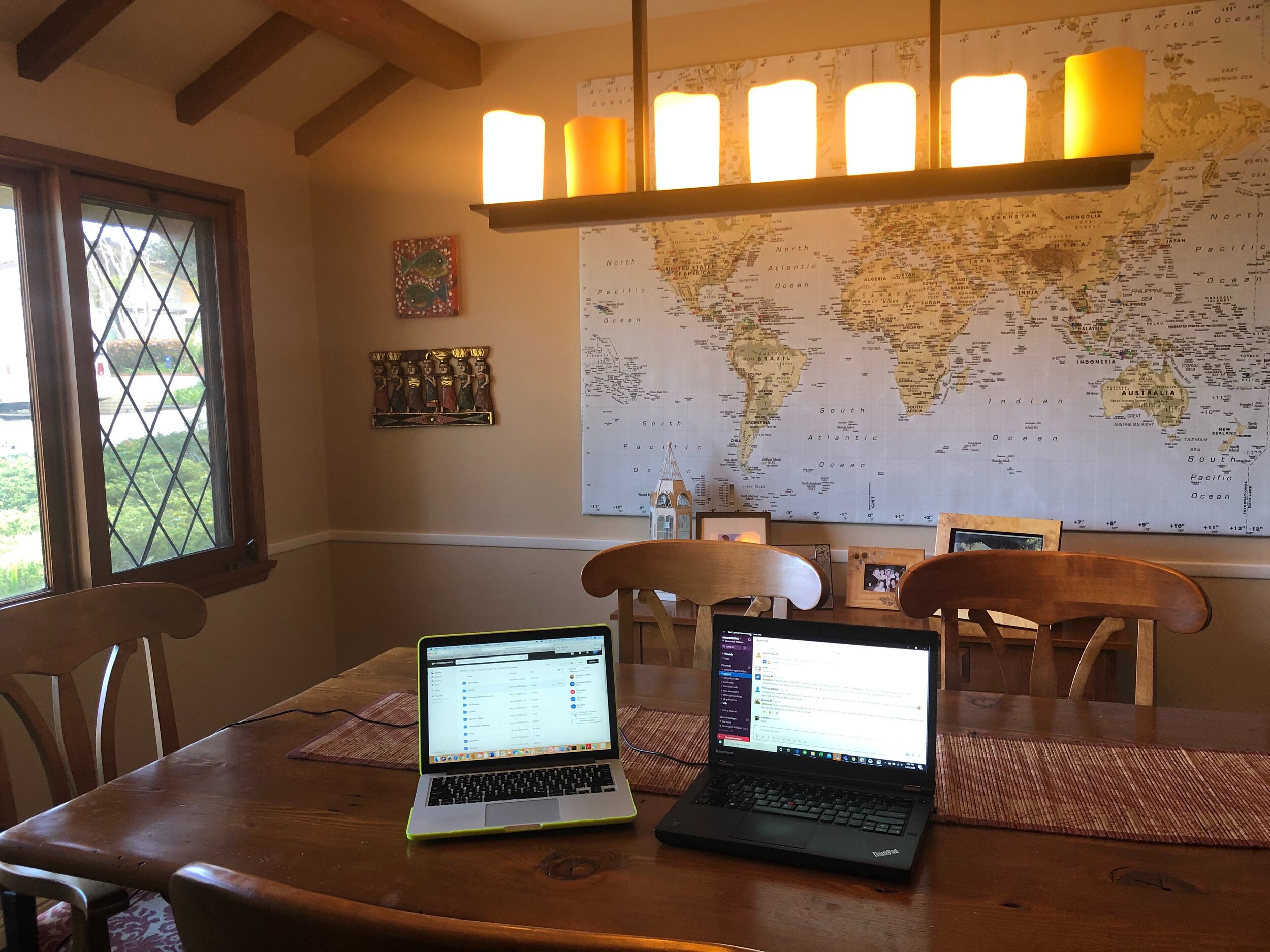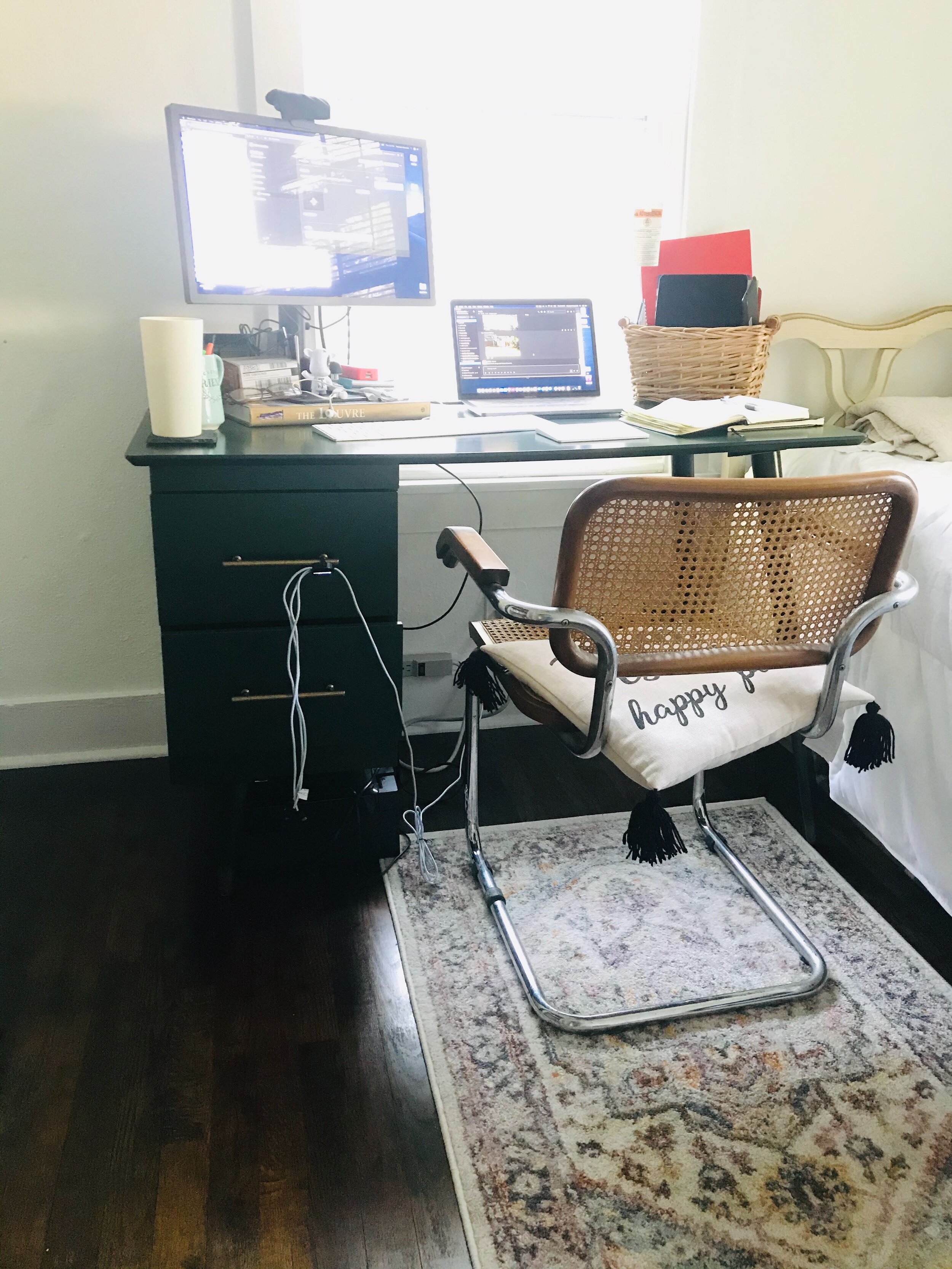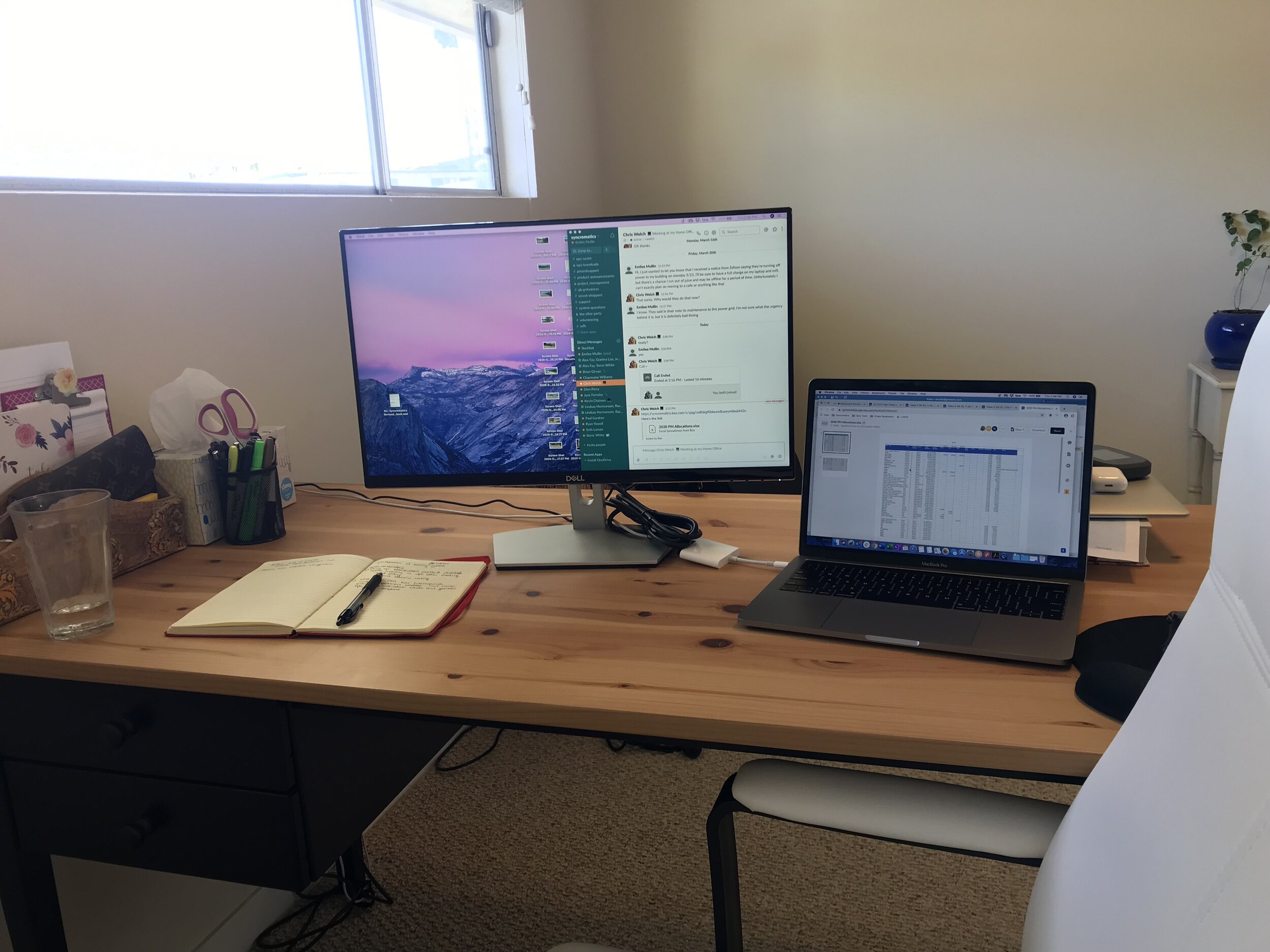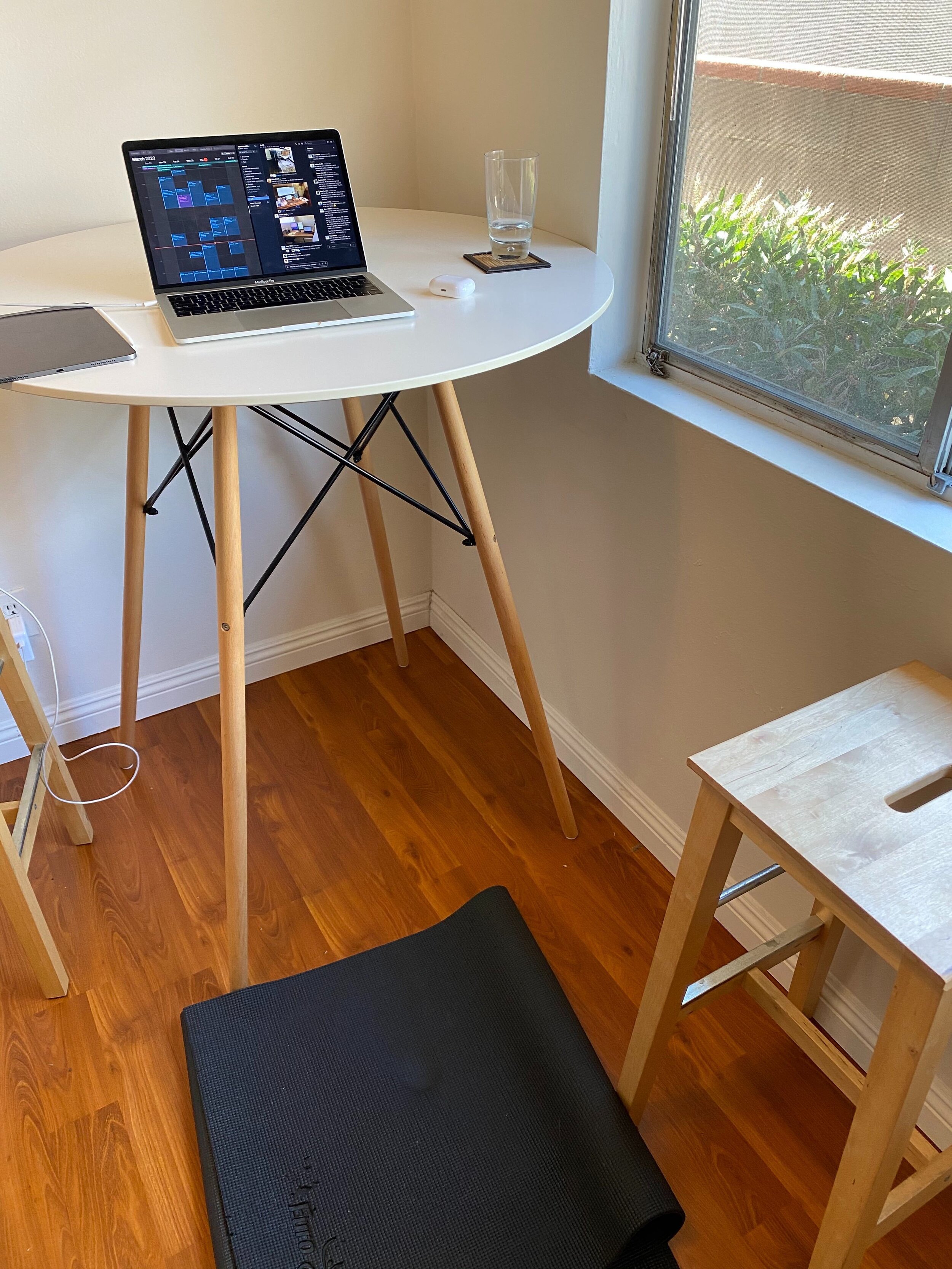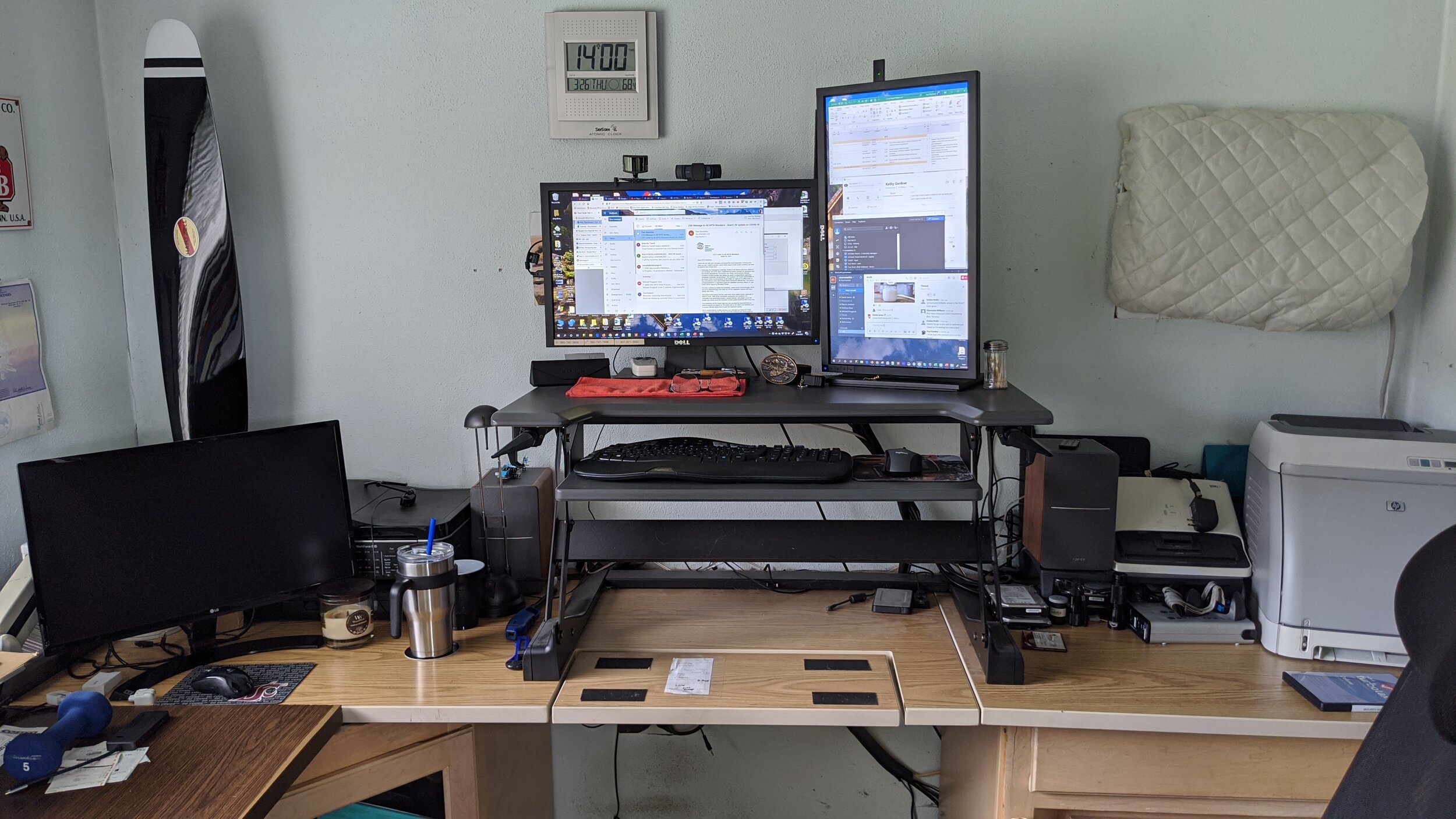Six Tips for Working from Home
As the coronavirus pandemic continues to affect communities across the country, many businesses have pivoted to working remotely, including our team at GMV. This is more difficult for transit providers, of course, who need a whole array of people to provide their services in person, including drivers, janitors, and mechanics.
Some transit staff, like managers, planners, and even dispatchers, may be able to work from home without jeopardizing operations. In fact, Sync software can be used anywhere you have access to the internet and a web browser. That means managers can run reports, planners can announce service changes, and dispatchers can monitor operations and communicate with drivers — all from their kitchen table.
As the team in our Los Angeles office adjusted to working from home, our remote staff from across the country had a lot of advice to share. If your team is new to working remotely, here are some recommendations we’ve gathered over the past couple weeks to help with the transition.
Tip 1: Stick to a Schedule
One of the first tasks I do when I start work for the day is take time to look at my daily schedule. Taking this time to review helps me stay on task and be aware of projects and meetings for the day. You can create reminders on your Outlook calendar (or whatever method you choose) to keep yourself on schedule. Finally, make sure to schedule time to eat lunch or take a walk in your workday in order to keep a work/life balance that allows you to be even more productive and on schedule!
Tip 2: Stay Connected
Our software allows transit providers to run reports and even manage rider communications and dispatch from home. But what about other important business tasks? We rely on other cloud-based services to keep our business running, and they’re coming in super handy now that our office is working remotely.
Our team uses Slack for internal messaging, Box for document management, Asana for task management, and GoToMeeting for conference calls and video chats. If your team is struggling in any of these areas while working remotely, I’d recommend you look into these services.
Tip 3: Avoid Distractions
Choose work locations in your home that have the least amount of distractions. I love to work in my living room because of the natural light, but my living room can have a lot of distractions. By removing remotes and placing them in my bedroom, I don't allow myself to turn on the news.
With COVID-19, those who have children are experiencing even more distractions. Establish work areas for everyone and set up expectations for everyone in the home. Let your family know when you have meetings and for how long your meetings may take. Designate a work area where you can quarantine yourself for those times you are in meetings.
Tip 4: Get Comfortable
It can be tempting to just sit on the couch or your bed when you’re working from home. This might be okay for a short period but is a good way to develop terrible posture and back or neck pain. Make sure you set up a proper workspace with a comfortable chair and keyboard set to the right height. Here are a few examples of our work areas at home:
Make sure you get some circulation during the day, too. For some calls, I use a wireless headset so I can get up and pace to stretch my legs. If you don’t have an adjustable sit and stand desk, you can occasionally move your laptop to a tall counter to work while standing. Keep a small piece of exercise equipment handy, like a balance board, doorway pull-up bar, or dumbbells, to periodically get your blood flowing.
Finally, find something to remind you to get up and stretch or move around. I use a watch that reminds me to stand once an hour, but there are apps that can also remind you to alternate between focus time and breaks. Search for Pomodoro Timer on your app store to find an option that works for you.
Tip 5: Keep It Social
Your organization may use Slack, Skype, or other instant messaging tools to connect you to the rest of the team. We have several channels in Slack where we can post photos of our “office” pets, dining recommendations, and interesting reads. This helps, but sometimes it’s nice to discuss something with a coworker in a call and add in a little water cooler chat as well.
Of course, not all forms of socializing at work are productive. It can be difficult not to get sucked into a time and productivity drain when checking your social media accounts. Keep the socializing to healthy level and within your work team.
Another tip — When you’re working from home and others in the office are having a “Lunch and Learn” session or a celebration at the end of the day, try to do the same if you can. Have your lunch while attending the webinar or take part in the celebration at home.
Tip 6: Take Time to Disconnect
Bekah Hisnanick
With your office being in your home, or just outside your home, it can be difficult to end your day of work when the time comes. Taking time in the evenings and on weekends to really disconnect and relax is important for both your physical and mental state.
A few things I try to practice are to make sure to shut my office door so that mentally I am leaving work, and to turn on my work-related notifications to “Do Not Disturb” so that I do not continue working into the late evening. You may find if you take time to truly disconnect that when you do return to your desk, you bring a new fresh, productive, and motivated perspective to your work!
As the situation surrounding COVID-19 evolves, we’re committed to helping our partner agencies run as best as they can. Whether you’re working at home or out in the field, current customers can always reach out to our Support Team with any questions. Be safe out there!






